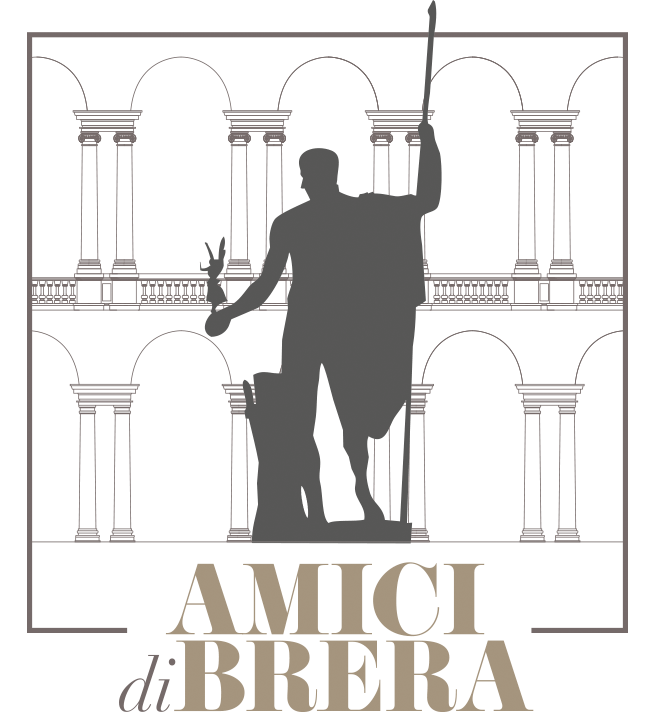GIULIO CESARE PROCACCINI
Bologna, 30 maggio 1574 – Milano, 14 novembre 1625
The Mystic Marriage of St Catherine
1616-20
Oil on canvas
149 x 145 cm

PAINTING
With its unusual square format, the painting was originally part of the collection of Cardinal Cesare Monti, appointed archbishop of Milan in 1632, but was probably produced by Giulio Cesare Procaccini for a Milanese nobleman, Scipione Toso. The artist belonged to a long line of Bolognese painters, and drew upon the sources at the heart of his training with intelligence, reinterpreting Correggio’s delicacy and Parmigianino’s refined elegance with Baroque touches.
This masterpiece depicts St Catherine of Alexandria, a martyr who lived in the 4th century. Later hagiographies describe her royal lineage and her “mystic marriage” with the Child Jesus, presented to the Saint by the Virgin herself in a vision on the night after her baptism.
Catherine is the patron saint of theologians because she was able to convert the scholars and philosophers summoned by the Roman emperor Maxentius.
Tortured on the spiked wheel and subsequently beheaded, according to legend milk gushed from her neck and her body was immediately carried by angels to Mount Sinai.
BIOGRAPHY
Giulio Cesare Procaccini came from a long line of Bolognese painters, among whom were his father, Ercole Procaccini il Vecchio, and his brothers, Camillo and Carlo Antonio. At the age of eleven, he moved to Milan with his family to work on Pirro I Visconti Borromeo’s villa in Lainate. Thanks to the archbishop Federico Borommeo, mentioned by Manzoni in The Betrothed, at the time Milan was a vibrant centre for the elaboration of the new iconography of the Catholic Counter-Reformation. Our artist had a prominent role in the production of a series of large paintings for the city’s Cathedral depicting the life of St Charles Borromeo.Procaccini’s style is a skilful combination of his Emilian heritage, influenced by Correggio and Parmigianino, with powerful references to Rubens. The Pinacoteca di Brera also preserves his last Self Portrait, painted in 1624, one year before his death, in which he proudly displays the medal presented to him by the grand duke of Tuscany, Cosimo II de’ Medici, his fame having by then travelled beyond the boundaries of Lombardy.

